The UK is currently experiencing one of its hottest and brightest starts to May on record, with temperatures soaring above 29°C and long stretches of clear skies and sunshine. While it’s a welcome change for many, the increased sun exposure also means it’s time to think seriously about how to protect your eyes from the sun.
Gurjeet Jutley, ophthalmologist based in oxford shares advice on how we can enjoy the sunshine safely without compromising eye health. Prolonged exposure to ultraviolet (UV) rays from the sun can have serious long-term consequences for your eyes, including contributing to cataracts, macular degeneration, and other eye conditions.
Why It’s Important to Protect Your Eyes from the Sun
Just like our skin, our eyes are vulnerable to harmful UVA and UVB rays. These invisible rays can penetrate the delicate tissues of the eye and cause cumulative damage over time. UVA rays can reach the lens and retina, while UVB rays are more likely to damage the cornea and the surface of the eye.
This can lead to:
• Cataracts: A clouding of the eye’s lens, often accelerated by UV exposure
• Age-related macular degeneration (AMD): A condition affecting the central vision
• Photokeratitis: A painful condition also known as “sunburn of the eye”
Top Tips to Protect Your Eyes from the Sun
1. Wear Sunglasses with UV Protection
Choose sunglasses that block 100% of UVA and UVB rays. Look for labels showing CE, UKCA, or UV 400 to ensure they meet proper safety standards. Wraparound styles or larger frames offer added coverage from side exposure.
2. Check for UV Filters in Glasses and Contact Lenses
Most prescription glasses come with UV filters, but it’s worth confirming with your optician. Some contact lenses also offer built-in UV protection but shouldn’t be relied on as your only defence.
3. Use a Wide-Brimmed Hat or Cap
A hat with a wide brim provides shade for your eyes and further reduces UV exposure.
4. Avoid Direct Sunlight Between 11am and 3pm
This is when UV rays are at their strongest. If you’re outside during these hours, take regular breaks in the shade and always wear protection.
5. Be Mindful Around Water, Sand and Snow
These surfaces reflect sunlight, increasing your UV exposure. Extra precautions, like polarised sunglasses, are essential during beach holidays or winter sports.
6. Consider Eye Shields or Sports Goggles
For prolonged outdoor activity or glare sensitivity, eye shields or UV-blocking goggles can provide enhanced protection.
Expert Eye Health Advice in Oxford
The effects of UV damage are not always immediate. Often, the harm accumulates over years and only becomes apparent later in life. That’s why prevention and regular eye examinations are key.
If you are concerned about your eye health, or if you’d like expert advice on how to protect your eyes from the sun, Gurjeet Jutley is here to help. With years of experience in eye care and surgery, he provides expert consultations to help keep your eyes healthy all year round.
Book your eye health consultation with Gurjeet Jutley and take the first step towards safer vision under the sun.

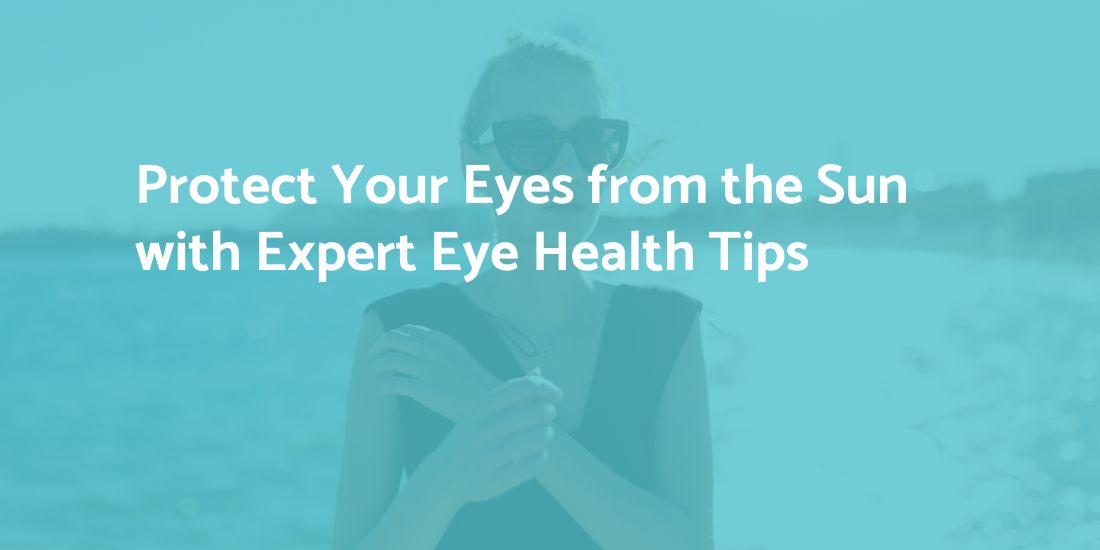
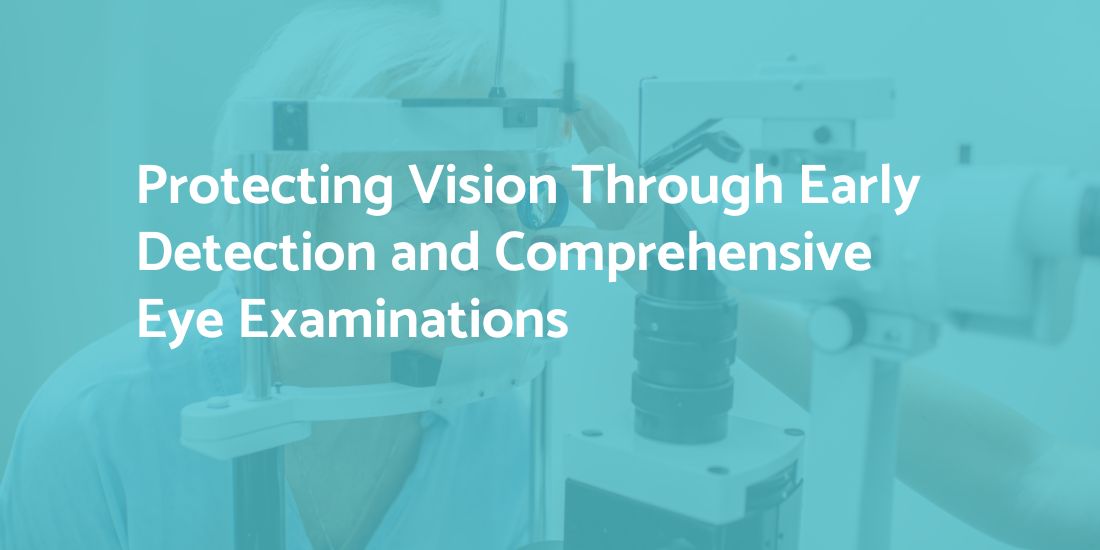

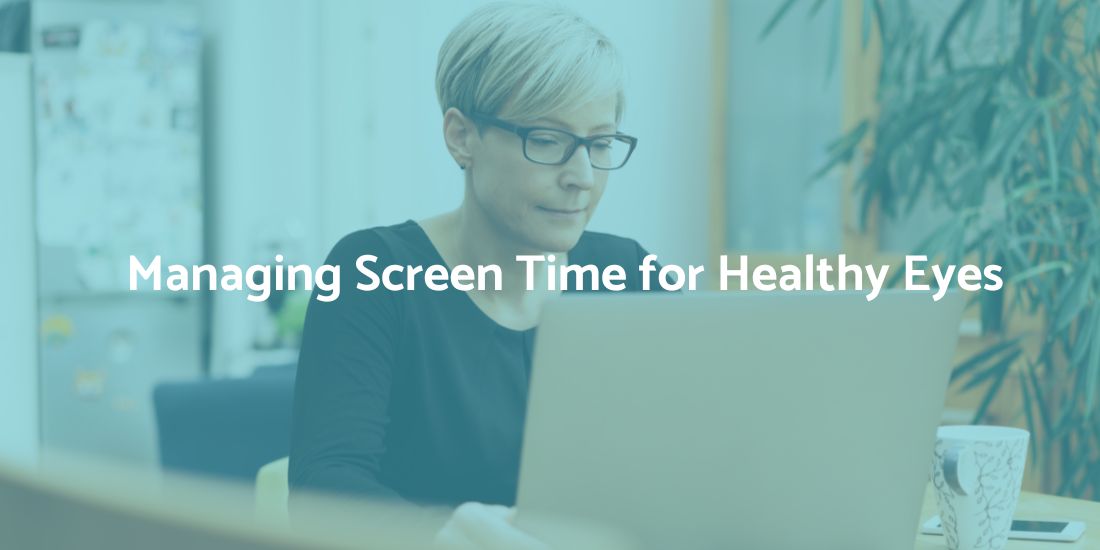
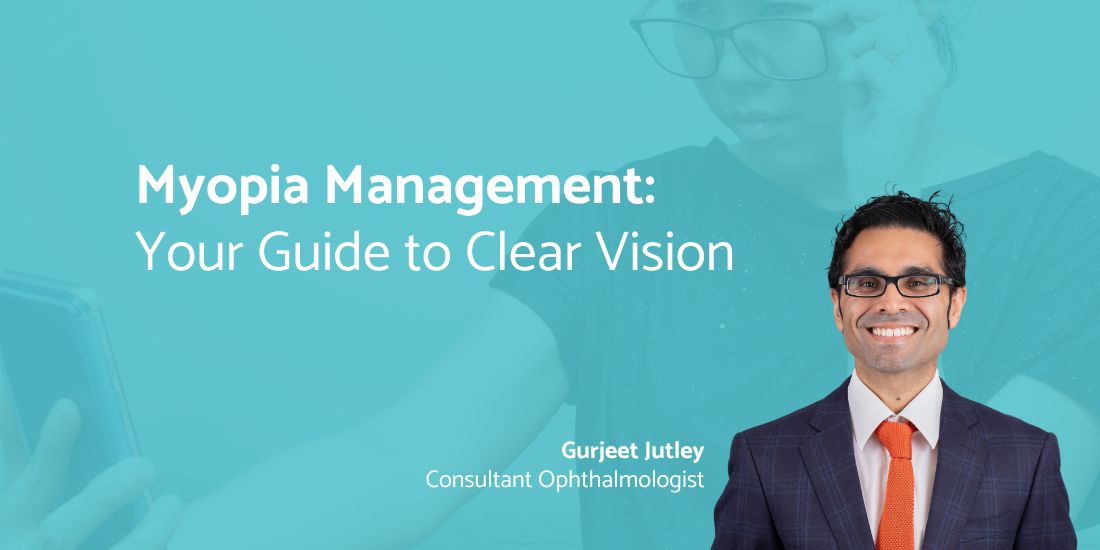



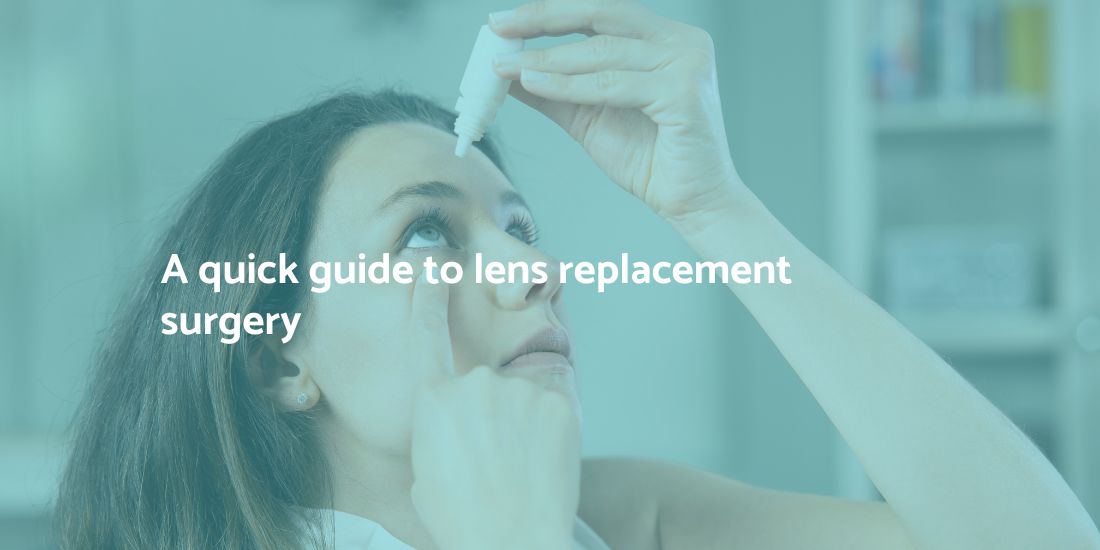

Recent Comments